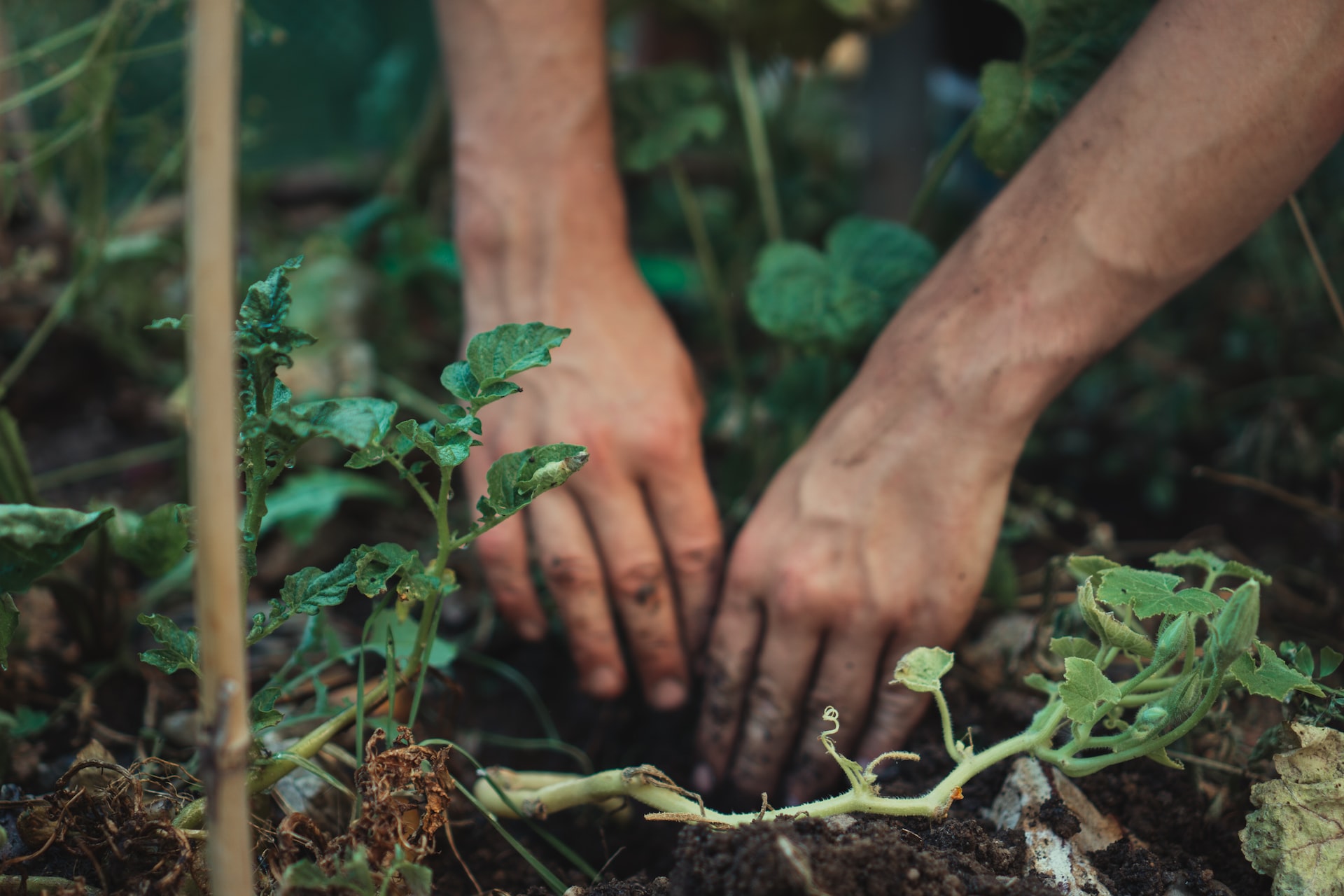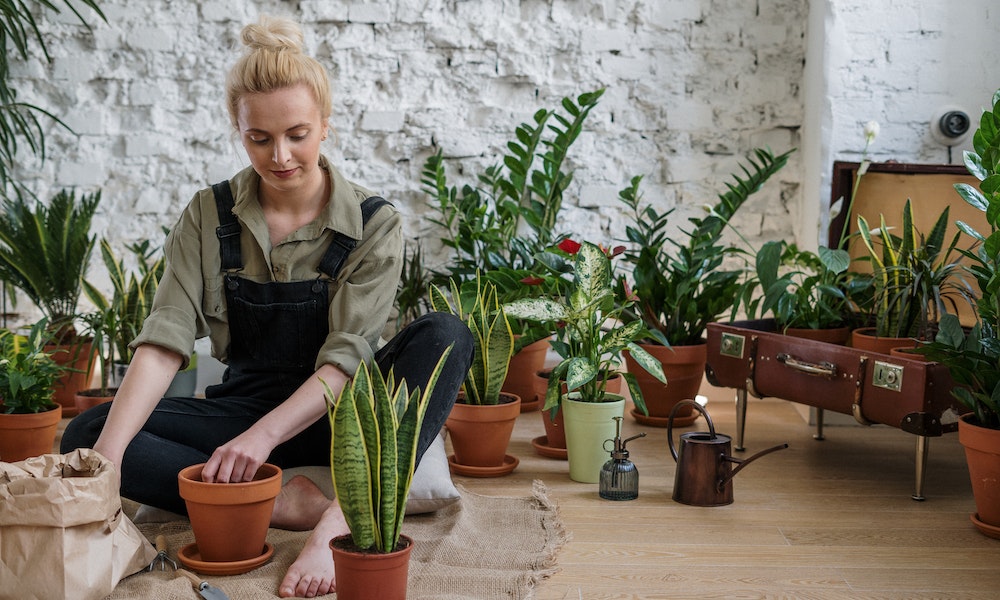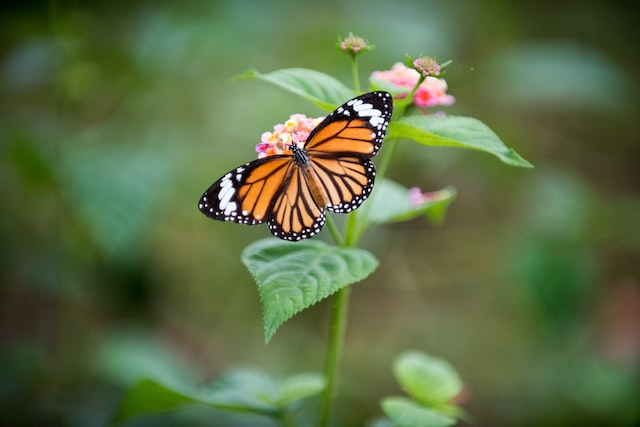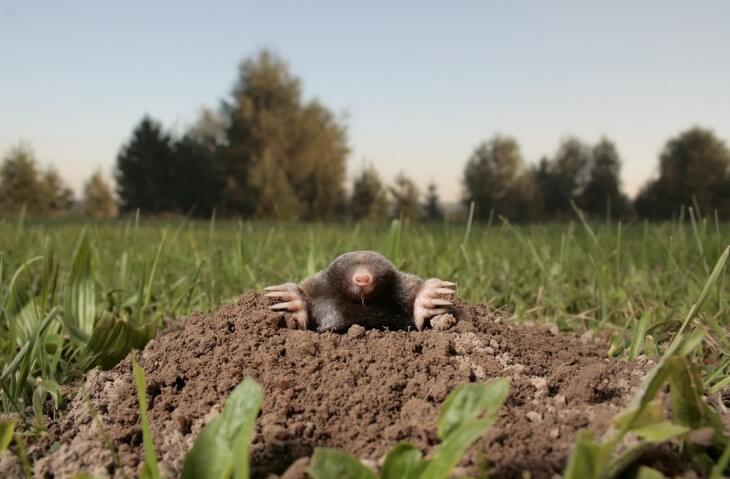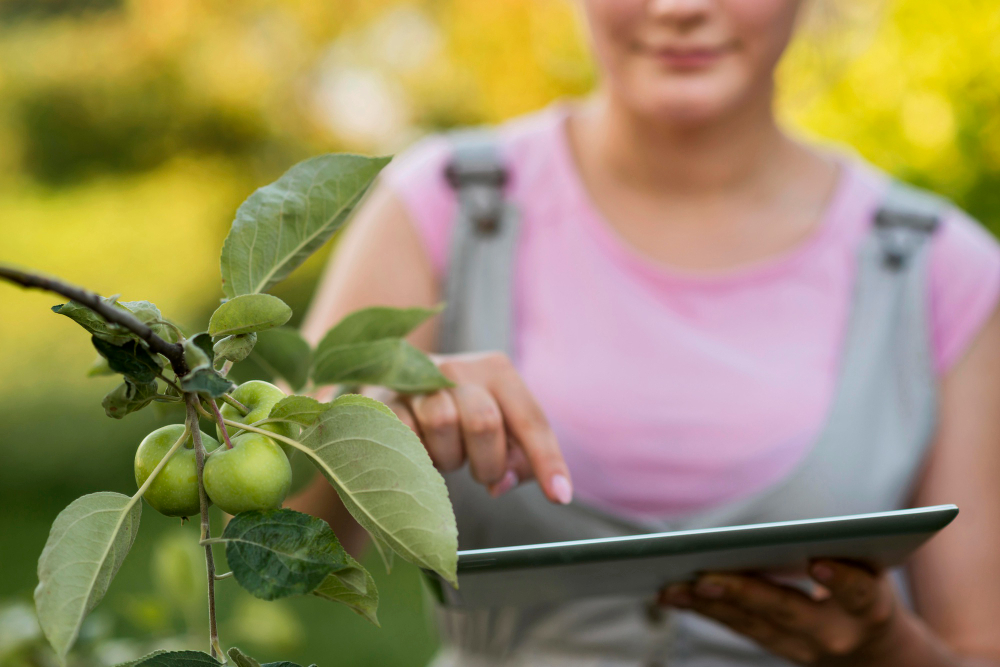With the current environmental situation being as unpredictable as it is, a drought-proof home is a prudent and helpful measure to ensure you’ll have the water you need during a drought. It will also help to reduce your environmental impact and save on utility bills year around.
Awareness around drought-proofing has heightened in recent years as homeowners have to deal with more water restrictions and mandatory cutbacks. Extreme weather is causing unpredictable circumstances. With some thoughtful steps, you can minimize the impact of drought on your household.
Where do Droughts Happen?
Even in regions where levels of precipitation over the winter months are higher, droughts can still happen in the summer. Extreme weather is becoming much more common, resulting in elevated levels of snow and rain in certain months and extended periods of little or no precipitation and extreme heat during the summer months.
While the level and timing of a drought in your region are based on geography and will vary wildly from year to year, almost no regions within the US are exempt from experiencing a drought.
Building a Drought-Proof Garden
In the summer months, we spend a lot more time outside. Turning on the sprinklers and hosing down our yards can be tempting when the sun is blazing hot. However, this causes the water to evaporate, so figure out the best time of day to water your lawn and plants.
Native Plants
Native plants have evolved and adapted to their environment. If you live in an are where drought-proof gardens are common, native plants will be a sustainable option for your garden.
Human intervention by watering gardens is not found in the natural world, so plants native to your area are accustomed to thriving with natural precipitation, heat, and temperature. This means they require much less maintenance and, therefore, less water from you, the homeowner. So, gardening native plants and trees will only require you to help them according to the natural order of your region.
Drought-Tolerant Vegetables
Opt for veggies that require less water, such as zucchini, tomatoes, lima beans, and most herbs. Not only will many plants of this sort survive if there are water cutbacks, but they are also very capable of still growing with less water from you, their faithful gardener, even during times when there isn’t drought or water cutbacks.
No-Mow Grass
No mow grass, like micro clover, is becoming more popular because of its limited maintenance and water efficiency. Micro clover is a great option, providing a soft and luscious green lawn with much less maintenance and water than traditional lawn grass.
Composting and Mulching
Composting your food scraps and yard waste is a wonderful way to create new, rich, black soil without purchasing commercial soil. Mulching goes hand-in-hand with compost. By collecting and breaking down organic matter like deadfall, leaves, and tree bark and spreading it throughout your yard, you can help to retain moisture in the soil by providing a coverage layer.
Smart Ways to Save Water
Drought-proofing and water efficiency are very much top of mind in the technology community these days. As a result of that attention and focus, many innovations in the smart technology sector help decrease the amount of water each household needs to maintain their regular activities.
Smart Water Meters
A smart water meter uses Internet connectivity to communicate between the meter and the supplier, giving information like water usage, management, and proper billing. Smart water meters track usage through ultrasonic or ultra-electromagnetic readings, providing significantly more accurate measurements than traditional water meters.
Soil Moisture Meters
A smart moisture meter is an add-on to a smart sprinkler system. Smart soil moisture meters accurately track and convey information about soil moisture content to sprinkler systems. These providing a much more scientific and accurate reading of when watering is needed. By doing this, we avoid unnecessary watering, and we water plants when the moisture content of the soil around them dictates that they need more moisture.
Smart Sprinkler Systems
A smart sprinkler system considers the temperature, precipitation, and other weather factors in your specific area to determine when your lawn and plants need to be watered. Using these accurate data points, smart sprinkler systems conserve water and, by doing so, help to drought-proof your home.
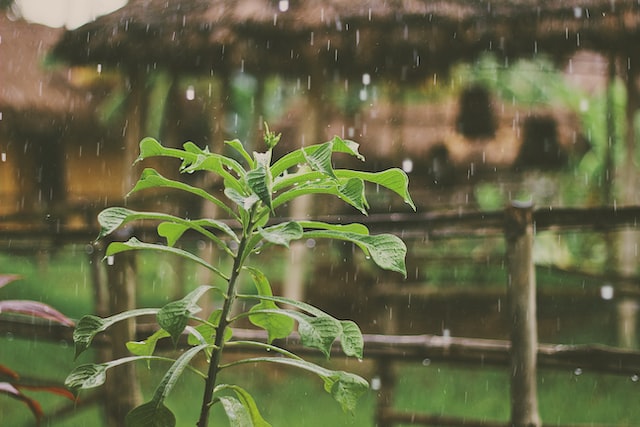
Rainwater
Rainfall can bring thousands of gallons of water a year, especially if you live in a rain-prone area. Harvesting rainwater in barrels and containers to later use for watering or even filtering it for drinking water is becoming more common. You could save water and money by replacing your downspout drainpipes with rain chains.
Harvesting rainwater can be as easy as a strategically placed rain barrel under a downspout, all the way to a more complex system involving multiple tanks and irrigation systems. It all comes down to what you have the time and budget for and what works best for you.
How to Drought-Proof Your Home
Drought-proofing your home is not difficult, but it requires attention to certain areas in your home. By following our easy list of ways to save and conserve water, you’ll be able to pinpoint the areas in your home where you can make a difference by drought-proofing.
Home maintenance
Maintaining your home and regularly checking areas for leaks in your kitchen, laundry area, and bathrooms are the best ways to avoid leaks when drought-proofing your home.
One of the easiest ways to ensure you’re not losing water is to check your water meter. Make a note of where it is, turn off all water sources in your home, wait 30 minutes, and recheck your water meter. If no water sources were turned on in your home during that time, your water meter should be at the same level. If it increases, that means there is water leakage in your home.
DIY Maintenance
- Cleaning your gutters regularly will prevent dirt, grime, and pests and prepare them for rainfall.
- Fixing a leaky faucet can save up to 2,700 gallons of water a year.
- Checking seals on your sinks and looking for damp areas under your sinks is a terrific way to stay on top of slow leaks.
Professional Maintenance
Hire a professional to fix more significant leaks or clean hard-to-reach areas on the roof and gutters. If you have some can-do spirit and expertise, you can tackle these projects yourself. However, you’ll get a better result if you budget ahead to bring in a professional.
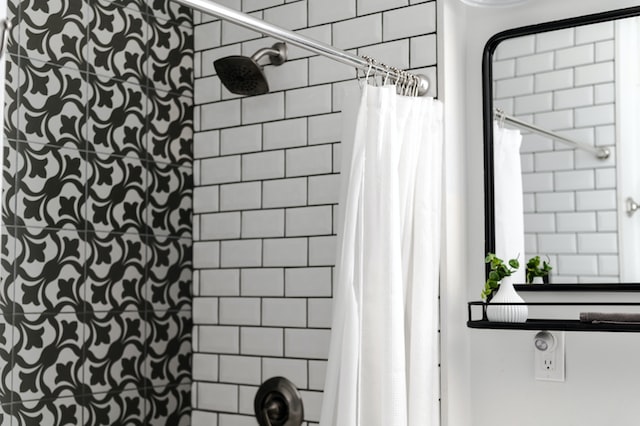
Water-Efficient Appliances
Water-efficient appliances are one of the best ways in recent years to reduce the water wasted at home. Drought-proofing your home is about reducing water wastage. Installing water-efficient appliances is a way to get ahead of the drought-proof game. Ensuring that your household doesn’t run short of water in times of drought.
Low-Flow Shower Heads
Installing a low-flow shower head can decrease water consumption by an average of 40%. Homeowners can find out if their current shower head is wasting water by placing a one-gallon container in the shower, turning on the water, and counting the time it takes to fill up completely. If it fills up in 10 seconds, the flow rate is about six gallons per minute. If it’s 15 seconds, it’s about four gallons per minute. A low-flow water head should take 24 seconds or more to fill a gallon-sized container.
Low-Flow Toilets
Toilets are one of the biggest culprits of water wastage in American households. Older models of toilets take enormous amounts of water to dispose of waste. In past decades, water saving wasn’t top of mind for manufacturers, so older models of toilets are significantly less efficient. Here are just a few ways that installing low-flow toilets can help to drought-proof your home.
- Save water – Modern toilets are more efficient and use less water than older models. Even a basic gravity-fed toilet manufactured in the last decade is more efficient than an older model. Updates like dual flush toilets with settings for liquid and solid waste save more water.
- Save money – Saving water means saving money. Unless you’re on a private well, you pay for the amount of water you use. Using less water means spending less money.
- Save the environment – Water shortages in the US have become more of a hot topic in recent times. We’re using water at an unsustainable rate, so anything that can be done to save water gives back to the environment.
High-Efficiency Dishwashers
The benefits of a high-efficiency dishwasher are like that of low-flow toilets. Plus, they have the added benefit of being less demanding on other resources.
- Save water – As the name suggests, high-efficiency dishwashers use far less water to get sparkling clean dishes. When you’re looking at a drought-proof home, any way you can reduce your water consumption is helpful.
- Save electricity – The added benefit to high-efficiency dishwashers is that the cycles tend to be shorter, which means you are also saving electricity. This means that doing your dishes is not only greener but easier on your bank account, too.
- Save the environment – Shorter dishwasher cycles with less water and less electricity mean that you’re conserving natural resources on two fronts.
Drought-proofing your home is essential for safeguarding resources and maintaining functionality during a drought. One crucial aspect to consider is home insurance coverage. It’s important to review your policy and ensure that it includes coverage for damages caused by drought-related issues. These include foundation cracks, subsidence, or damage to landscaping.
You can have peace of mind knowing that your home is protected in the face of unpredictable environmental conditions. Reducing potential financial burdens and allowing you to focus on implementing effective drought-proofing strategies
